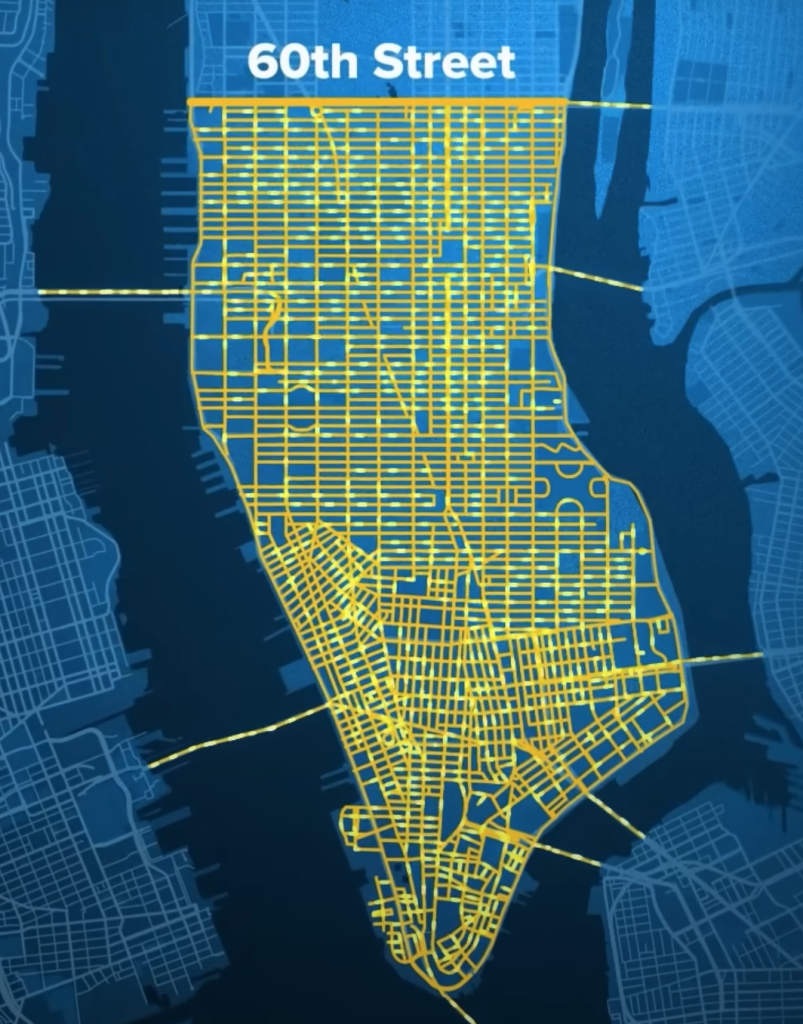Gov. Kathy Hochul will announce today the indefinite delay of congestion pricing for automobile traffic below 60th Street. The executive decision was wildly unpopular with New Yorkers. Funds accrued from the tolls were supposed to fund various public transportation projects, such as extending the Q subway line to East Harlem.
Hochul is expected to announce that her reasoning is based on the tough economic climate. One wonders what the "Bidenomics is working!" crowd will have to say about that. The real reason is of course the upcoming election. Hochul may be frightening, but she's shrewd. Pretending to care may be enough to help her maintain her seat in Albany.
Read more in the NY Post here.
BELOW: published in February, 2024.
Perhaps you've seen a few intrepid U.K. citizens fighting back against new traffic cameras in parts of London. "Ultra Low Emission Zones," or ULEZ, are areas wherein one cannot operate automobiles that don't meet certain emissions standards without paying a fine. The standards apply, roughly, to gas vehicles made before 2007 and diesel cars and trucks before 2015. Fines are issued via license plate reading cameras.
Londoners have pushed back with guerrilla tactics. It's been a jolly good show.
Now, a similar scheme is in the works for New York City. The goal, ostensibly, is to pay for various infrastructiure projects. Here's how much you'll be charged, depending on where, when, and what you drive:

The MTA justifies the new charges as a way to pay for spending on subway lines and buses. We at TheManhattan thought that might have been covered by Biden's infrastructure spending bill...and we're certain the new tax will remain in place long after the initial impetus for the spending has been met. Call it the parable of the toll booth: they don't remove it once the road has been paid for.
For further details, check out the NY Post's piece.
It's an interesting thought: will New Yorkers rise up and deface congestion cameras as Londoners have done? Both cities have a rich punk rock past, and plenty of disaffected youths. One is a "green" measure, the other is sold as traffic reduction.
The result is the same: certain people aren't allowed to drive freely where they could before.